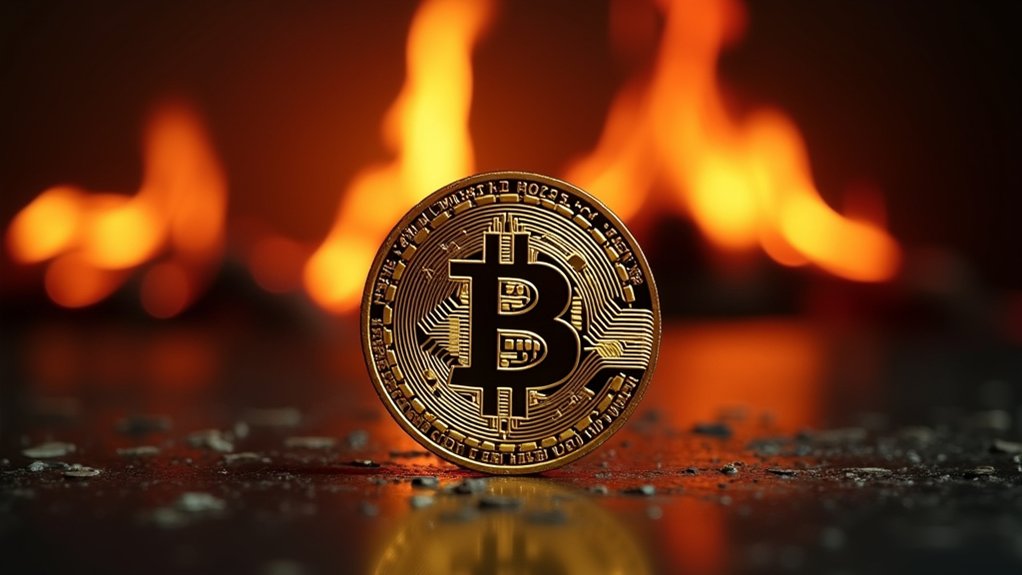Why are Japanese bond yields climbing to three-year highs while Bitcoin stages an unexpected comeback in the global markets? The financial landscape is shifting beneath investors’ feet like tectonic plates, creating both tremors of concern and exciting new peaks of opportunity.
Japan’s 10-year government bond yield reached 1.38% in April 2025, part of an upward trend that saw yields hit a three-year high of 1.44% in February. This climb represents a dramatic shift from Japan’s traditionally low-yield environment.
Investors who once slept soundly with predictable Japanese bonds now find themselves jolted awake, checking their portfolios at 3 a.m. with the nervous energy of first-time parents.
The once-serene Japanese bond market now delivers midnight anxiety attacks worthy of Wall Street’s most volatile sectors.
The Bank of Japan’s signals about potential interest rate hikes have fueled this yield surge. With Japan’s inflation rate hitting 3.70% in February and core CPI reaching 3.2% in January—the highest since mid-2023—the central bank faces mounting pressure to act.
The comfortable predictability of Japanese bonds is evaporating like morning mist under a strengthening sun.
Meanwhile, as traditional investors clutch their pearls over bond volatility, Bitcoin is enjoying a renaissance. The digital asset‘s resurgence creates a fascinating contrast: while bond investors sweat over basis points, cryptocurrency enthusiasts celebrate wild swings with champagne and memes.
This financial yin and yang reflects broader tensions between established institutions and emerging alternatives. With proof of stake protocols gaining momentum, cryptocurrency markets are evolving toward more sustainable practices.
Global context matters too. U.S. Treasury yields dipped to 4.23% in February, while German Bunds settled at 2.39%. This international yield dance affects capital flows across borders, pulling and pushing investor sentiment like an invisible tide.
For investors, these parallel narratives create a strategic puzzle. Rising Japanese yields offer attractive returns but come with unfamiliar risks. Trade talks between Japan’s chief negotiator Akazawa Ryosei and US officials could further impact market sentiment and bond performance.
Bitcoin’s comeback tempts with potential gains but lacks the historical credibility of government bonds. The recent manufacturing sector decline in Canada, as evidenced by the S&P Global Canada Manufacturing PMI falling to 47.8, might push more investors toward alternative assets like cryptocurrencies.
As markets continue their unpredictable waltz, one certainty remains: diversification across both old and new asset classes may be the most elegant solution to today’s financial choreography.









